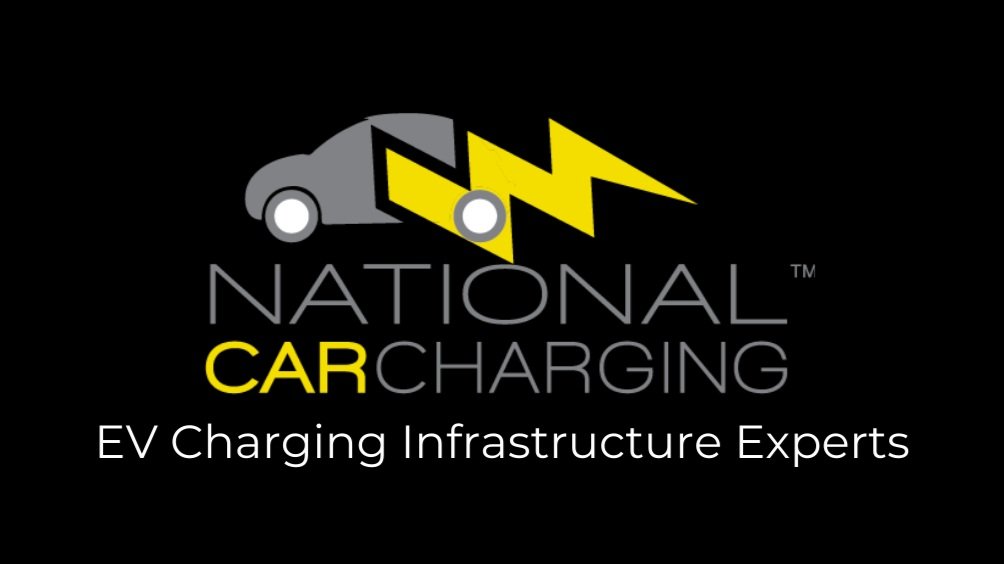Where did Hertz go wrong?
By Jim Burness, CEO & Founder, National Car Charging.
Over the past few weeks, there has been a lot of press around Hertz's decision to scale back its electric vehicle (EV) initiative. The media has mostly attributed the cutback on depressed resale values of used EVs and their high repair costs for damage. However, I’ve yet to see an article about what I suspect is another key culprit - their rollout strategy.
Before we dive in, let me state up front that I do applaud Hertz for integrating EVs into their fleets. As a category leader, it only makes sense for them to lead the rental market into and through the electrification transition and to come to market as boldly as they did. It was a huge undertaking. Unfortunately, there were some fatal flaws in their strategy as we’ll delve into below.
Change, whether it’s a transition from gas to electric vehicles, from landlines to cellular phones, or even broadcast TV to cable and then to streaming … it’s an adjustment and not necessarily something that naturally comes easily to everyone.
Why Load Balancing is Good for CPOs
Load balancing is more than just an efficient way to distribute power to charging EVs. It can enable charge point operators (CPOs) to use less-than-optimal power feeds by maximizing available power capacity, save on electricity costs, and help them charge more vehicles overall. Here’s how.
What is Load Balancing?
Tritium chargers use advanced load balancing algorithms to dynamically and efficiently distribute power among EVs in a charging hub. Load balancing provides the right amount of power to EVs at the right time. EVs don’t all charge at the same rate, and they don’t charge at the same rate over time from 0% to 100% battery capacity. EVs typically draw maximum power early in charging when they have a low state of charge to preserve battery health. Load balancing algorithms provide only the power each EV needs, leaving the rest of the available grid power to charge other EVs in the hub.
Parking operators: 6 tips for earning revenue with EV charging
Seeing more electric vehicles (EVs) pulling into your lots? If you haven’t already, you will very soon. Global sales of passenger EVs are expected to surge over the next few years, rising from 10.5 million in 2022 to approximately 27 million in 2026, according to the 2023 BloombergNEF (BNEF) Long-Term Electric Vehicle Outlook report. BNEF predicts that in the U.S., thanks to a new round of federal incentives, EVs will make up about 28% of passenger vehicle sales by 2026.
These numbers mean parking lots will be filling up with EVs looking to get a charge. The new way to fuel will be more like plugging in your phone while you do other activities (in this case, shop, work, dine out, go to appointments and more) rather than making a special stop at a fueling station.
This new fueling movement gives parking operators — and other businesses — a big opportunity to stay competitive by offering an all-inclusive parking experience that includes EV charging. It’s also a way to generate a new revenue stream by attracting the growing number of EV drivers to your parking facility who are visiting shops, restaurants and offices nearby.
It's clear that EV charging will be desired by customers, but how do you get set up in a way that will have a positive impact on your bottom line? Let’s break it down.
Electricity versus hydrogen: 4 reasons electrification is the right choice for fleets.
Owing to its higher energy density and lower weight, hydrogen has been touted as a potential alternative to electricity for powering zero-emission medium- and heavy-duty trucks for long-haul fleets. However, transitioning to hydrogen as a potential fuel source for these types of vehicles faces challenges that may outweigh any potential benefits.
Here are some of the reasons electricity is a clear winner for fleets.
1. Availability
Electricity is everywhere. With the rise of charging infrastructure in cities, along highways and at depots, motor pools and even drivers’ homes, access to charging is becoming increasingly more convenient for fleets of all types and sizes.
Hydrogen infrastructure is not yet in place. There are currently few hydrogen refueling stations in operation (nearly all are in California), and the cost of building and managing them is high. It would take a significant investment to build out a nationwide hydrogen refueling network, and it isn’t clear there is enough demand to justify the investment.




